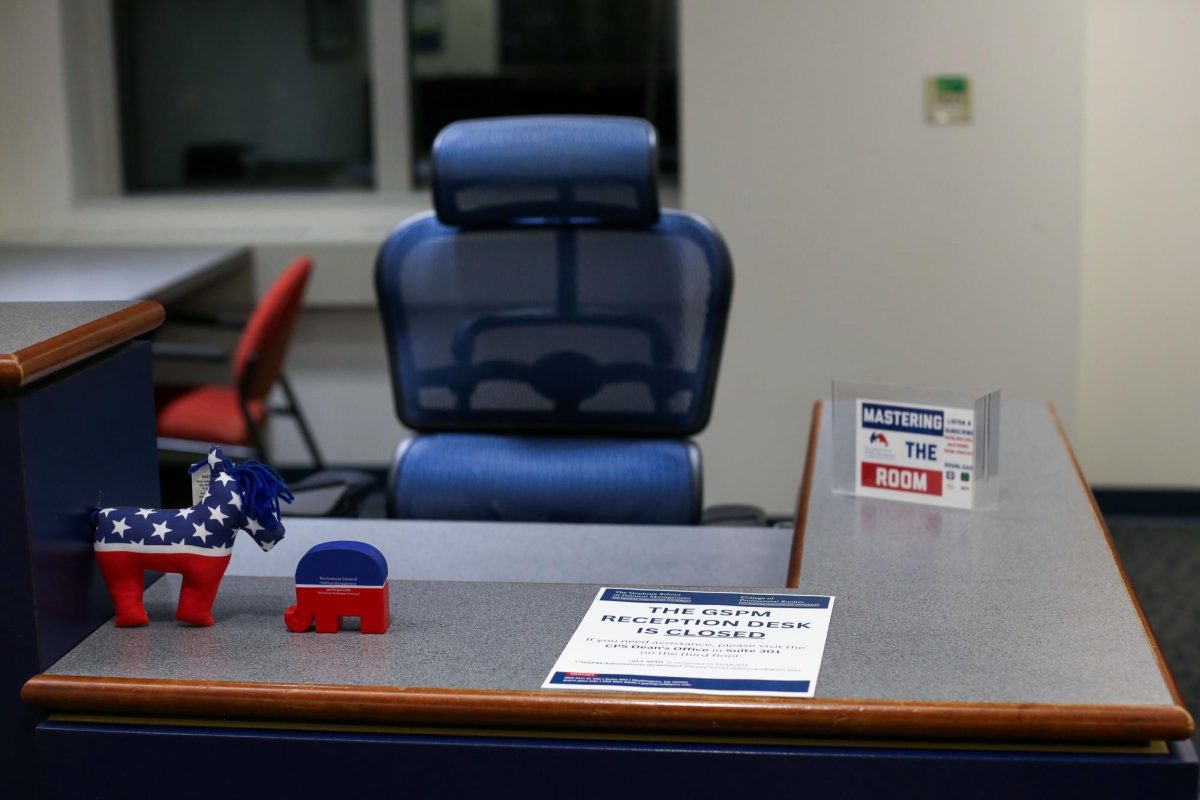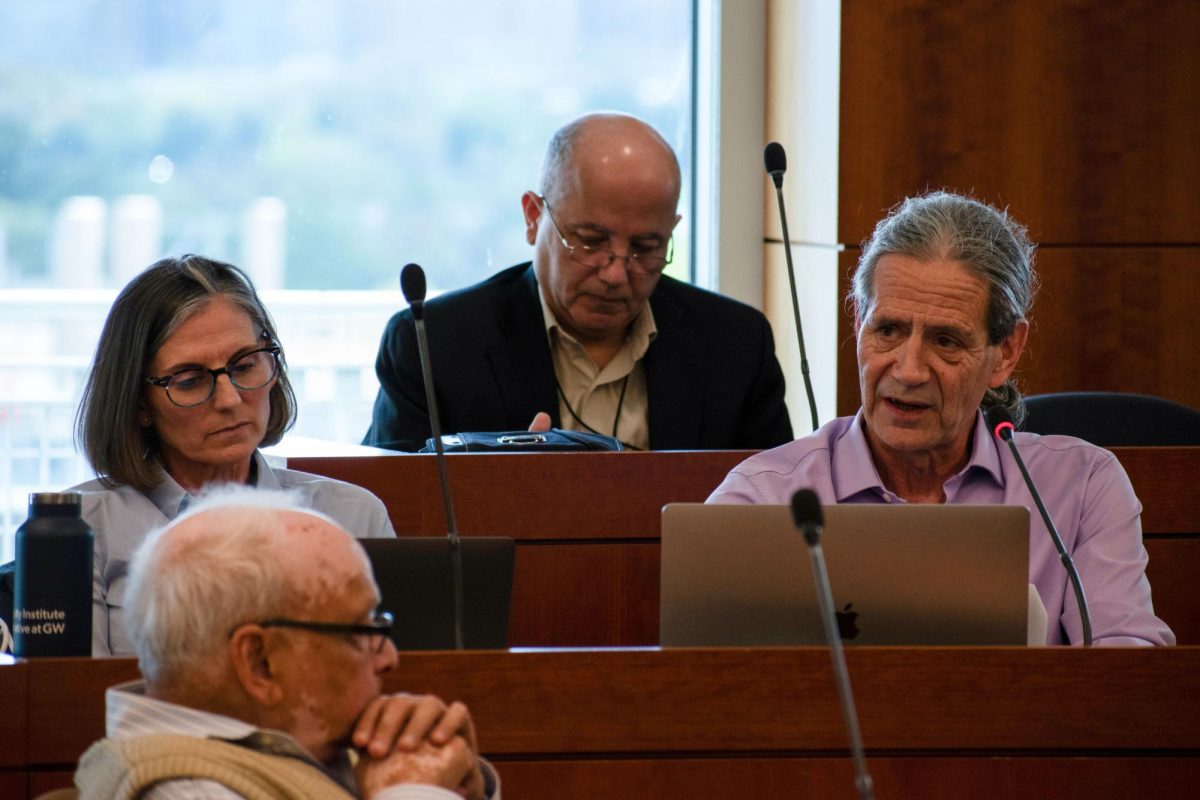More than 10 faculty members voiced support for the Back to Campus plan, stating it will allow faculty to teach in their preferred setting in the fall.
Provost Brian Blake said late last month that faculty are being given the option to opt out of in-person instruction and officials are planning to record all classes to provide students with the option to attend class in person, in a hybrid format or virtually. Nine faculty members said they plan to teach classes in person as long as the University is open and one faculty member said he plans to teach virtually because he has one of the preexisting conditions the Centers for Disease Control has listed as posing an increased risk of severe illness from COVID-19.
Richard Tollo, a professor of biology, said he plans to teach his classes in person because he wants to be there for students who return to campus in the fall.
“It’s important we have faculty on campus to whatever extent is possible to be there and to welcome and to interact with students who come to campus,” Tollo said.
He said his experience teaching virtually last semester was positive overall, but he misses the “excitement and inspiration” of teaching students in person.
“In spite of all the wonderful technology we have available, it’s no substitute for the dynamics of a classroom,” he said.
Tollo said the maximum enrollment for his physical geology course has been cut nearly in half, and he has been assigned a larger classroom in an effort to enforce social distancing among students. He said labs will be reconstructed to allow for more independent work between students and instructors “in place of the usual team-based approach.”
Tollo said he is hopeful his students will still receive a “one-to-one” educational experience.
“I think it can still happen, just at six feet,” he said.
Diane Cline, an associate professor of history, said she plans to teach her courses in person but is worried that the guidelines officials plan to implement will not be enough to protect students and faculty.
She said the success of the Back to Campus plan will depend entirely on “good student behavior” including adhering to social distancing guidelines, avoiding large gatherings and always wearing masks in public spaces.
“GW can only do so much,” Cline said in an email. “They can put signs on doors and stickers on the floors, give you wipes and Purell to clean the desks when you sit down in class, but it is really up to you to make this work.”
The Back to Campus Plan is currently awaiting approval from the D.C. government. The plan outlines specific changes that will be made to reduce the spread of COVID-19 like rearranging classrooms and residence hall rooms to ensure space between students and suspending access to lounges and communal gathering spaces in residence halls.
Cline said she expects many professors who begin teaching their classes in person in the fall will switch their syllabus to move entirely online if it becomes clear students are not following guidelines.
“No one should blame us,” Cline said. “We aren’t ready to die for GW. We are all in it together.”
Katrin Schultheiss, the former chair of the history department and an associate professor of history, said she will take a sabbatical this semester, but if she was not, she would likely opt for in-person instruction because she is not and does not live with anyone who is immunocompromised.
“If anyone should be in the classroom, it would be someone like me,” she said.
Schultheiss said about 10 faculty members in the history department have requested to teach virtually in the fall, but none of the requests have been approved yet. She said her job as department chair was to determine if a faculty member’s class could effectively be taught online but said she is not told why faculty members request to teach virtually.
“In the case of history classes, the answer is always ‘yes, it can be taught online’, which is not true necessarily of a chemistry class or a theater class,” she said.
Schultheiss said the criteria officials are using to determine how they will approve requests has not been made clear, which has caused “a lot of anxiety” for faculty members submitting requests.
“There is a certain amount of anxiety that could be avoided if they were more transparent,” she said.
Provost Brian Blake declined to specify last month what officials’ framework entails for how requests to opt out of in-person instruction are managed. He said last week that more than 200 faculty members have requested accommodations so far to teach their classes virtually this fall.
James Williams, an associate professor of international education and international affairs, said he plans to teach his graduate-level course virtually in the fall for health-related reasons, as he is in his mid-60s and has underlying conditions.
“I’d like to be able to offer them the option of taking the class online,” he said.
Williams said his classes are small and discussion-based, which made them easy to transition online for the spring, and he does not foresee many challenges will arise when teaching online in the fall. He said he had “little glitches” when figuring out how to host guest speakers on Blackboard Collaborate and learning how to create groups on WebEx but said he has been attending virtual workshops administrators have held to help professors improve their online teaching abilities.
Williams said transitioning to online teaching made him put more thought into his class structure and curriculum. He said he needed to find ways to increase student engagement and had to make sure the content he provided was informative but concise since it can be harder to “account for people’s attention spans” online.
Williams said when conducting virtual classes in the spring, he often posted his lectures online and asked his students to listen to the lectures before they met for their virtual class so the class time could be used to “unpack” and discuss the lecture material. He said the move to online instruction caused him to find a balance between indirect and direct teaching, which could be used to teach more effectively even after the pandemic concludes.
“We may be opening up greater opportunities for better teaching overall,” he said.








